Dungeons & Dragons 5E has many playable race options for your party, but what if you want to build your own homebrew race? There are foundations in place to allow you to create your own race, be it something brand new or an adaptation of something outside of D&D, but you need to be careful about building something unbalanced.
The D&D 5E Player’s Handbook and Mordenkainen Presents: Monsters of the Multiverse have enough playable race options to last you a lifetime of campaigns. Some other books have more options, like the Magic: The Gathering crossover sourcebooks or Van Richten’s Guide to Ravenloft, so you have no shortage of choices for your game. However, if you want to make your own race, you can do so easily.
Related: Session Zero in D&D Explained
Use The Tasha’s Cauldron Of Everything Rules To Lay The Foundation For Your D&D 5E Homebrew Race
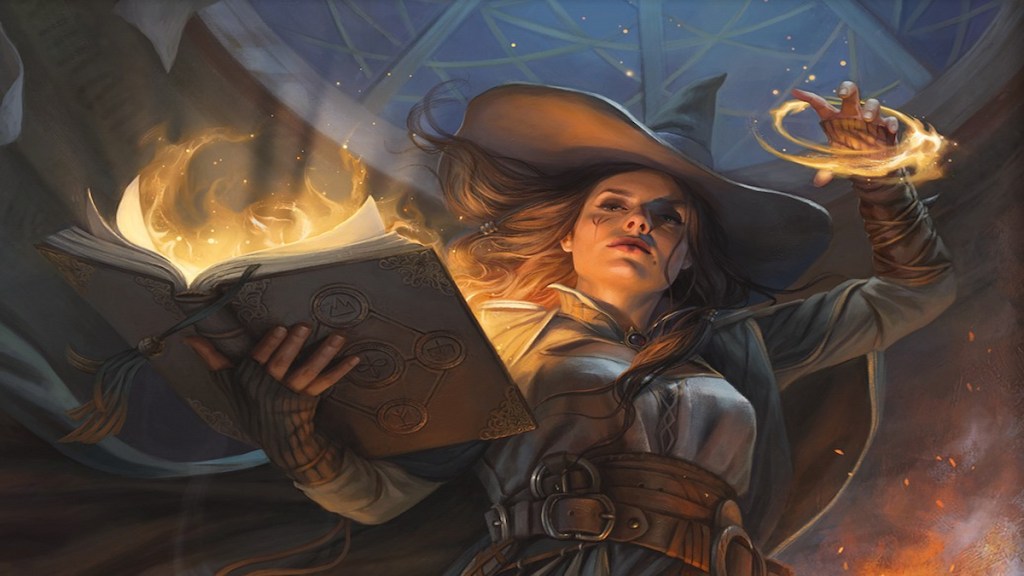
There is already a loose framework in place for building a homebrew race, and it exists as part of the Lineage rules in Tasha’s Cauldron of Everything. Using these rules, you can create a skeleton for a homebrew race without it being over or underpowered. The basic rules for creating a race using this method are:
- +2 to one stat and +1 to another, as has become standard with all D&D races since the release of Tasha’s Cauldron of Everything.
- A humanoid creature that’s either Small or Medium-sized.
- A base speed of 30ft.
- One free Feat at level 1.
- You either choose 60ft of Darkvision or one Skill Proficiency. (Note: Darkvision is far more useful, but it might not fit your idea for your race.)
- You can speak Common and one other language.
If your idea for your homebrew race is basic, such as adapting one of the races from Final Fantasy XIV into D&D 5E, these rules can act as a great framework for your desired outcome. The race won’t be particularly fancy, but you can flavor it up to make them different from the existing races in the Player’s Handbook.
Ways To Tailor A D&D 5E Homebrew Race Without Breaking The Game
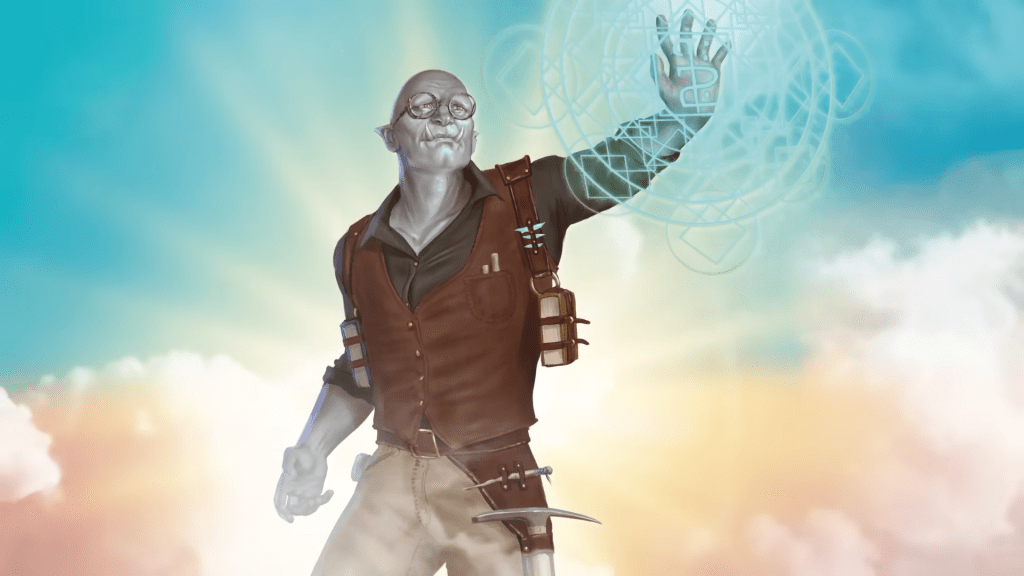
The Lineage rules in Tasha’s Cauldron of Everything are great as a foundation, but they aren’t particularly flashy. You could add more traits to your race to make them stand out and better fit your desired idea. As such, you should consider adding one of the following traits to your homebrew race, possibly two if you’re willing to eschew the extra Feat from the Lineage rules.
- Either a climbing speed, swimming speed, or flying speed of 30ft. Flying speed is generally the best option here, so that should be enough of a benefit without adding more traits.
- The ability to breathe underwater, or no need to eat or sleep. The character should still need to rest for a period of 4 hours, even if they’re aware of their surroundings during that time.
- A free Cantrip from one of the spell lists. It’s usually best to restrict the choice to one class rather than all of them, and it’s best to exclude the Bard and the Warlock, or players will only pick Vicious Mockery or Eldritch Blast.
- Light Armor Proficiency, Shield Proficiency, or a selection of 4-6 Martial Weapon proficiencies.
- A level 1 spell from any list that can only be used once per Long Rest (but it can be cast using existing spell slots if the character has any.)
- The ability to communicate using telepathy with creatures within 30ft.
- Resistance to one type of damage (excluding Bludgeoning, Piercing, or Slashing.)
- Advantage on one type of saving throw (Strength, Dexterity, etc.)
- The ability to Dash, Disengage, or Hide using a Bonus Action.
What Traits To Avoid When Building A Homebrew Race
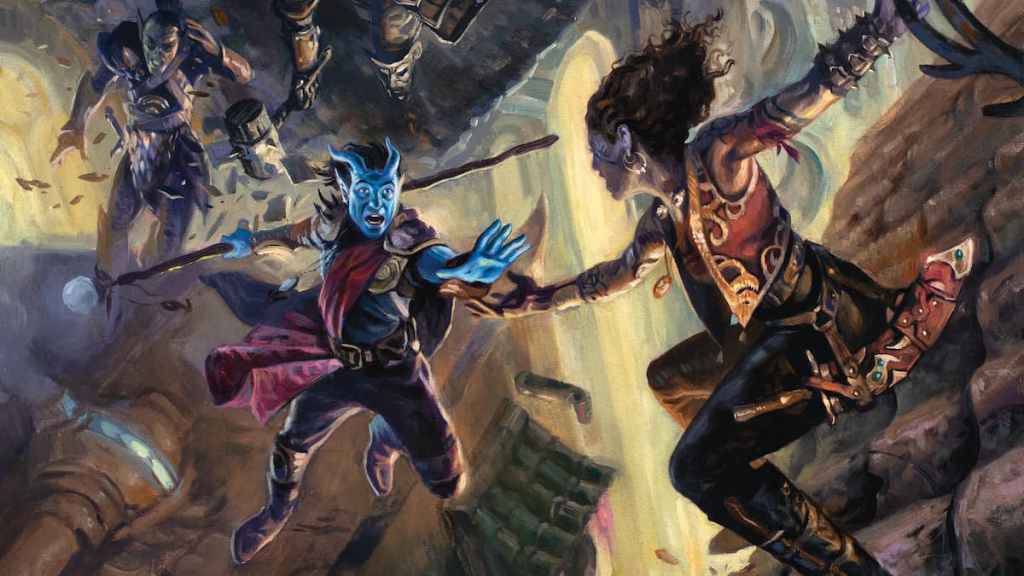
If players want to adapt a race from an existing property to D&D 5E (such as the Vulcans from Star Trek or the Ronso from Final Fantasy X), they might want to include traits stronger than the rules normally allow. You should be wary about adding any of the following to a homebrew race:
- Class Abilities: Things like Rage, Action Surge, Divine Smite, Wild Shape, Metamagic, and Bardic Inspiration are tied closely to specific classes and should be restricted to them rather than being race options.
- Multiple Spells: A single level 1 spell that can be used once per day is fine, but too many will put them on the same level as a primary spellcaster before they even gain any class abilities. One possible compromise is to spread spells over several levels, like the Tiefling race, but you should still restrict it to a Cantrip and two spells if possible.
- Advantage On Attack Rolls Or Skill Checks: Restricting these to highly specific circumstances is fine, but a race that can give itself Advantage without any other limitations will have too much of a leg up over their allies.
- Resistance To All Magic Damage Types Or The Weapon Damage Types: One elemental damage resistance is fine, but too many will make it difficult for the DM to damage the player. There’s a reason this ability is restricted to one specific Barbarian subclass.
Related: Does Baldur’s Gate 3 Use D&D’s Alignment System
With these guidelines in mind, you should have no problem creating your own D&D 5E homebrew race or adapting something from a famous property into the game. Remember that an adventurer is usually an exceptional person and isn’t restricted by the norms of their species or culture, so your hands aren’t tied by source material if you want to build something familiar in D&D 5E.

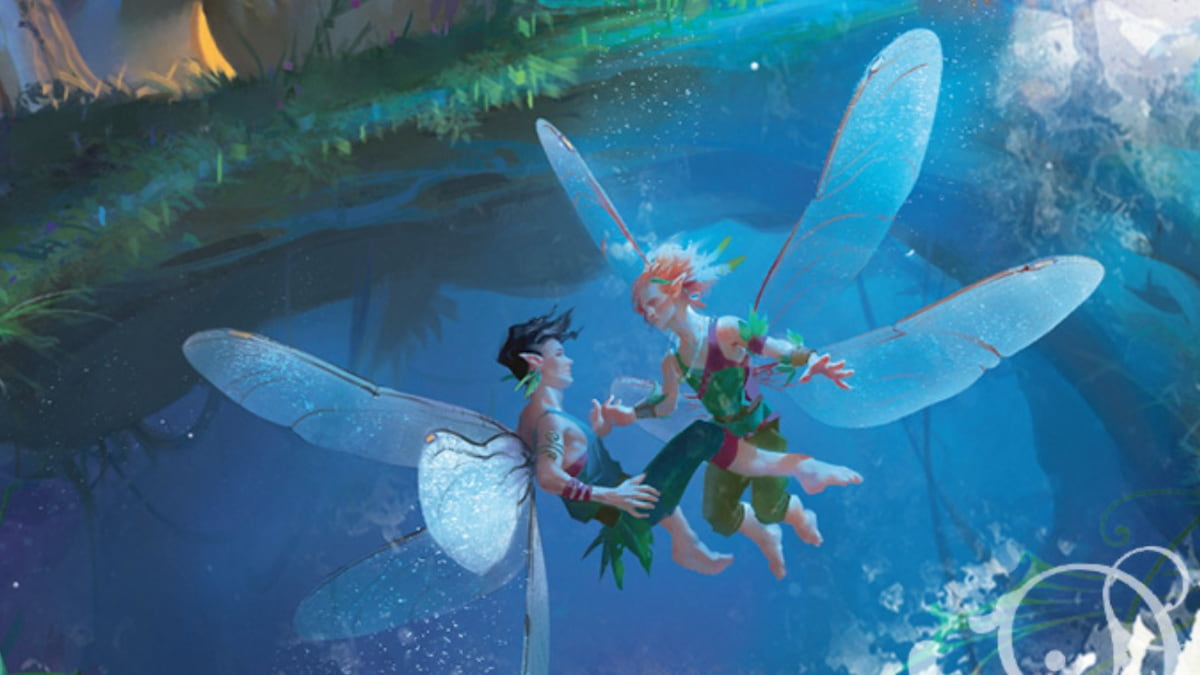
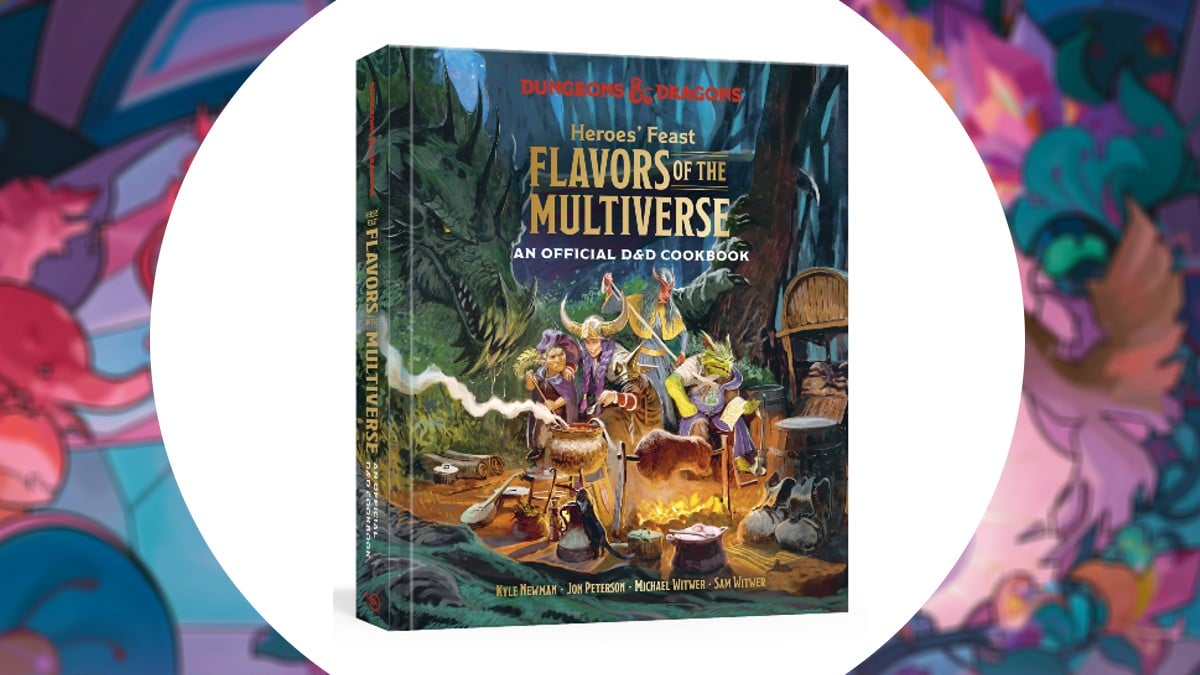
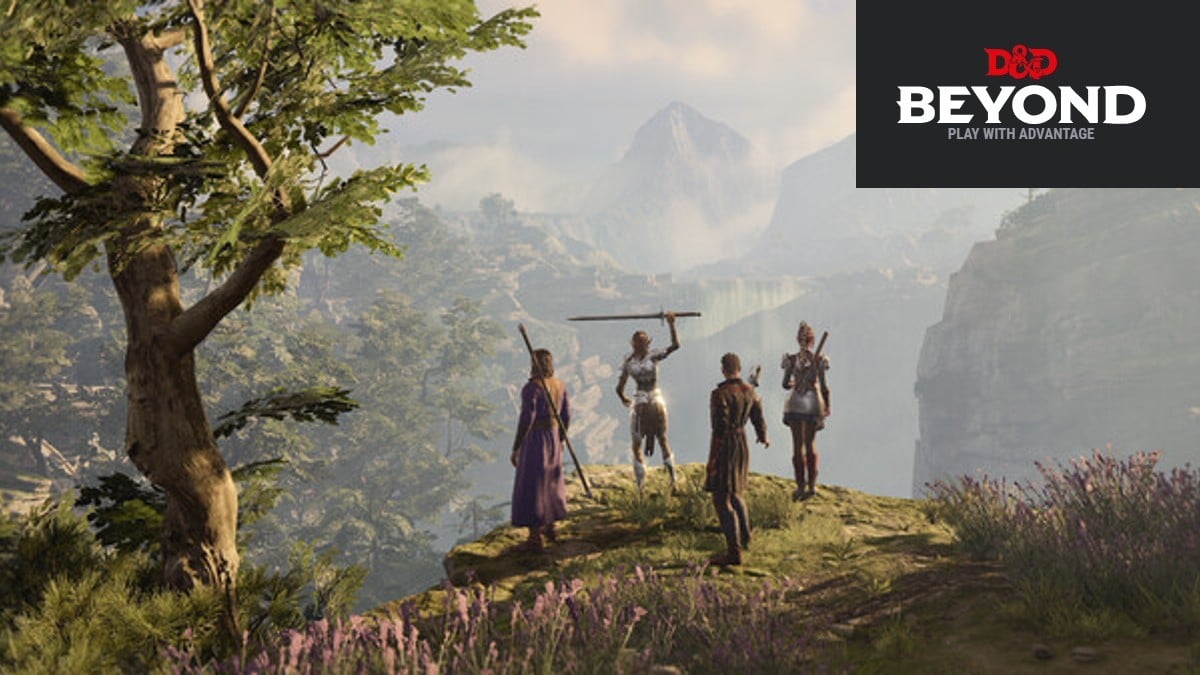
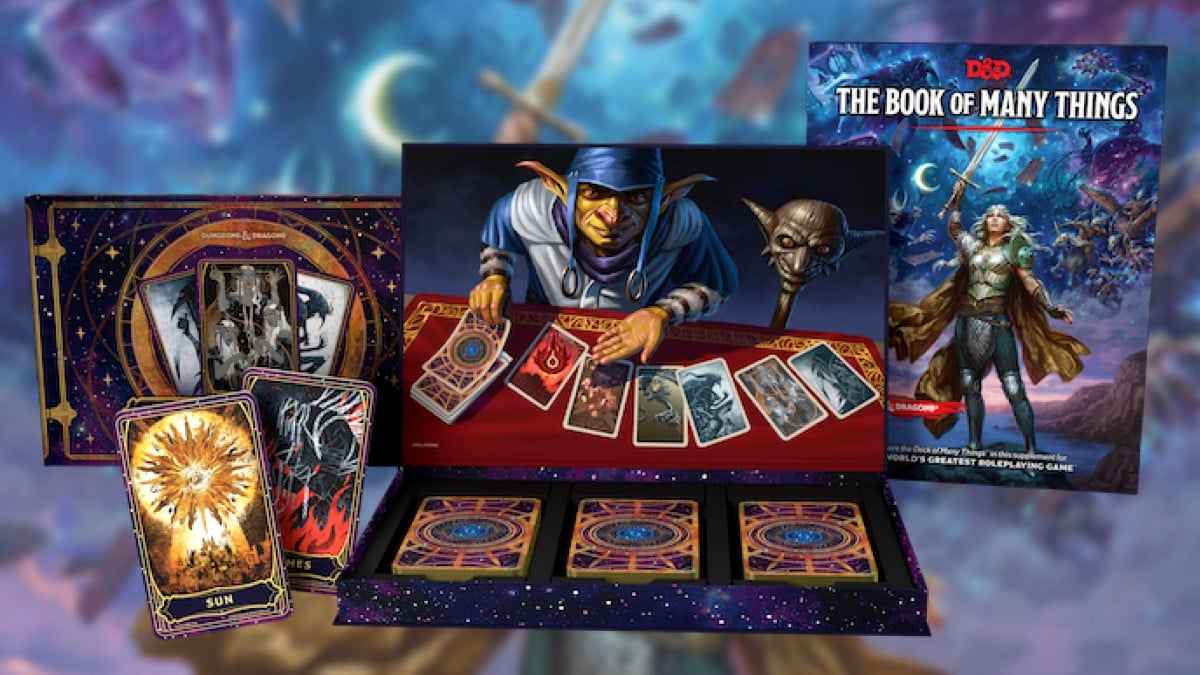
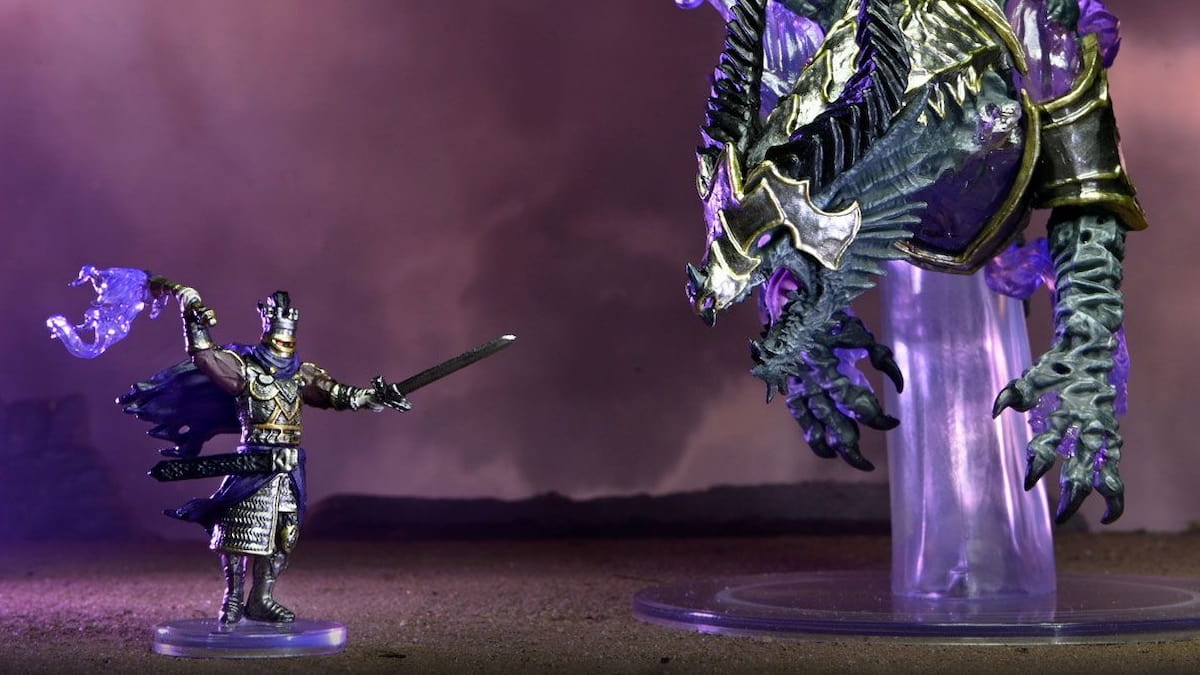
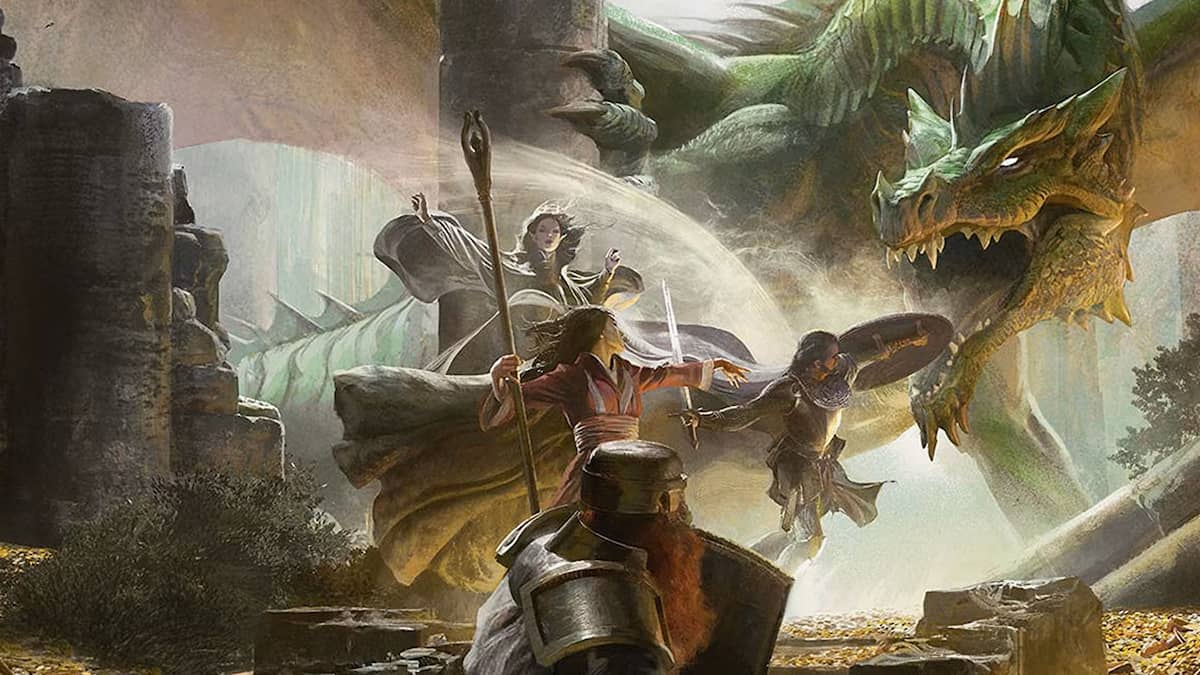
Published: Sep 27, 2023 03:46 pm